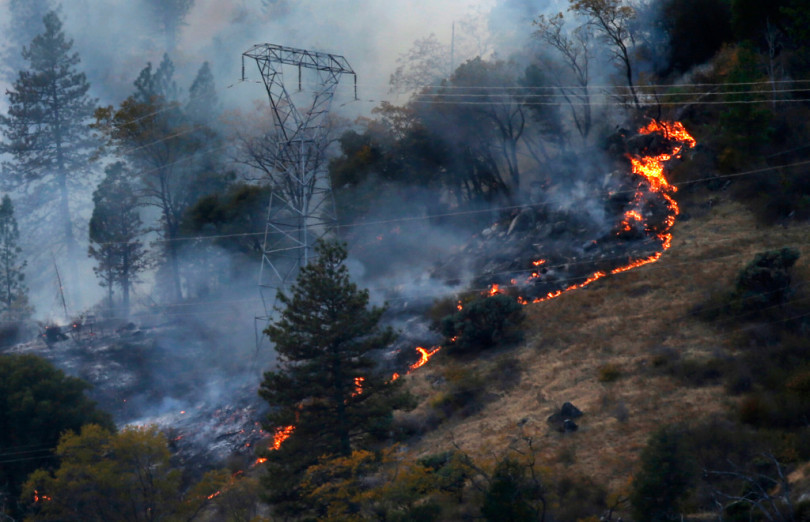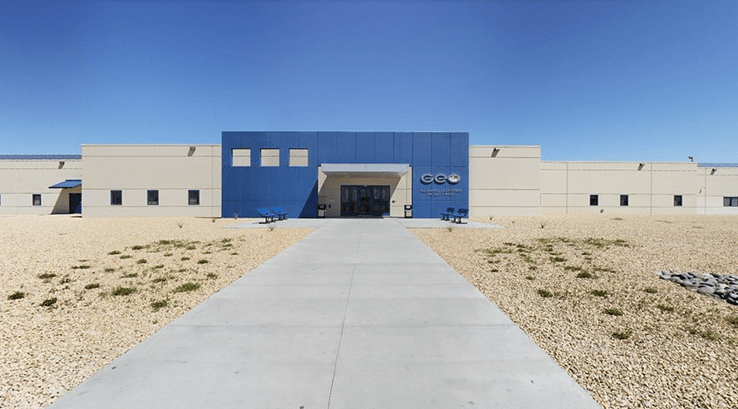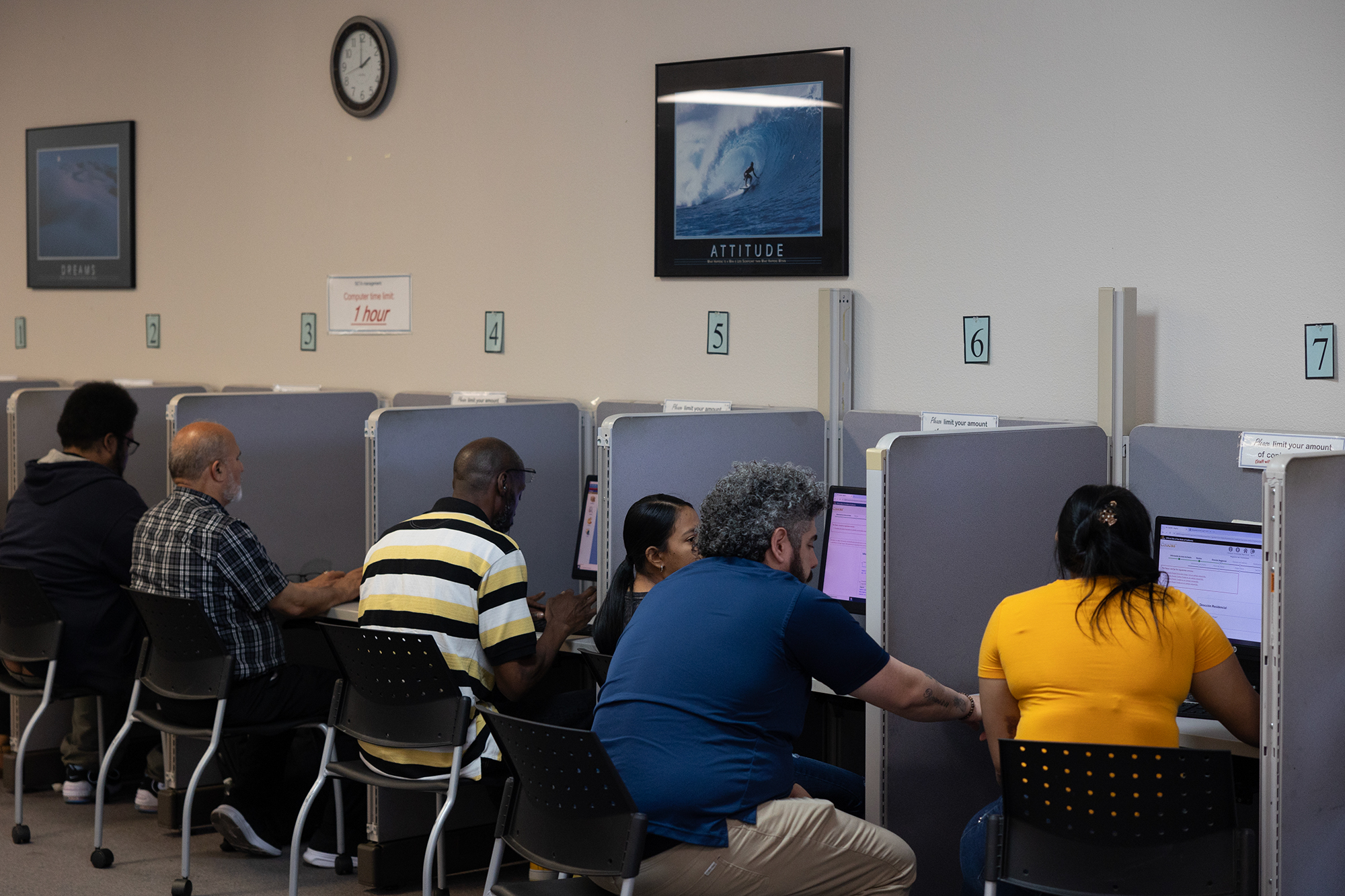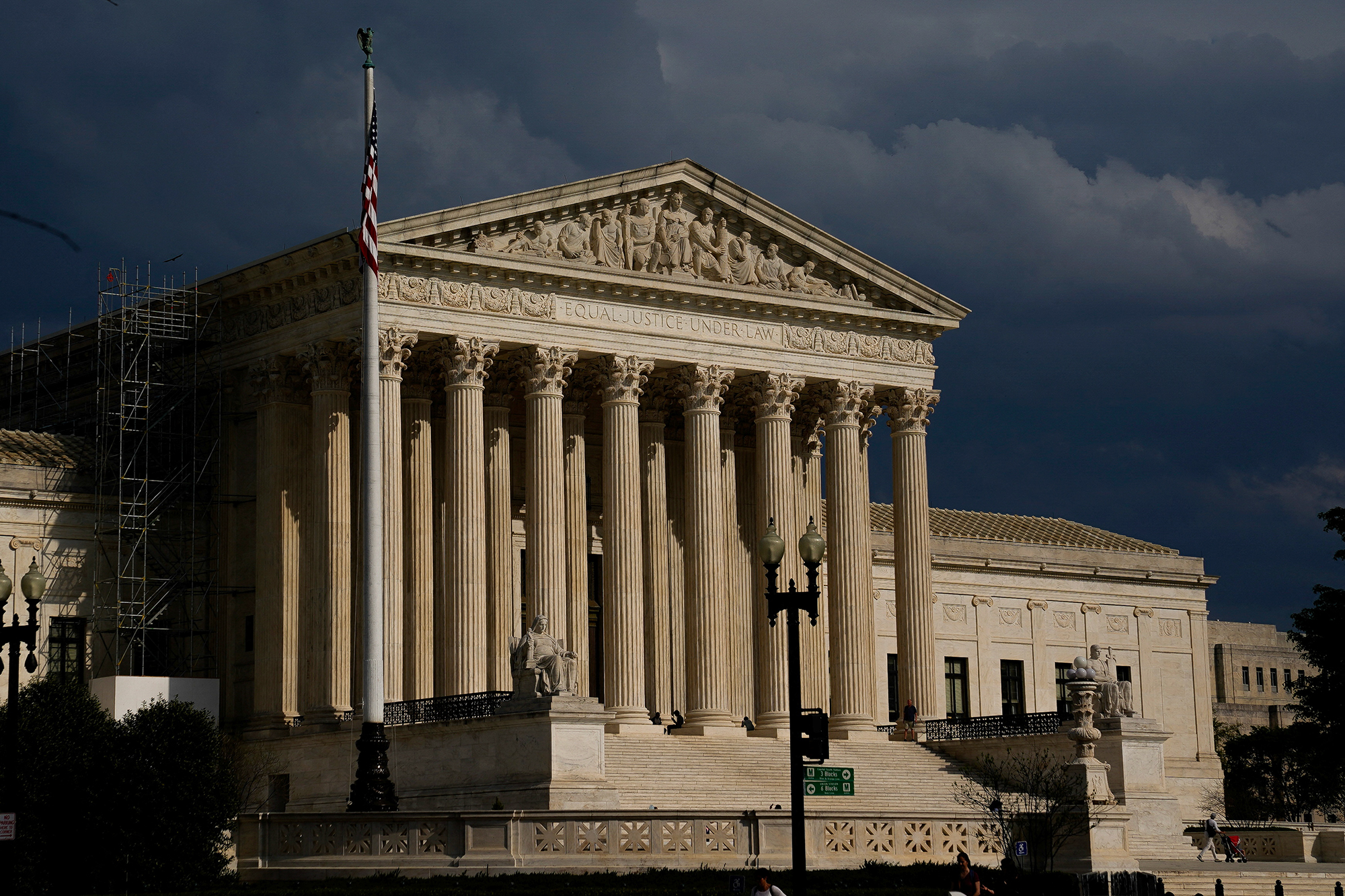In summary
Sutter Health agrees to $575 million antitrust settlement. The connection between old tires, artificial turf and landfills. CalEPA makes a big hire.
Good morning, California.
“CA is the progressive answer to a transgressive President—and it’s driving @realDonaldTrump mad.”—Gov. Gavin Newsom, tweeting a cartoon video narrated by him and produced by his political operation extolling his first year in office, with the tagline, “Resistance with results.”
“I hate to make it this simplistic, but it really is this simplistic: If what was working was working, the numbers in California would be dramatically dropping and they’re not. So that’s why the president is so focused and so concerned.”—Robert Marbut, President Trump’s new point person on homelessness, to The L.A. Times.
Sutter Health’s antitrust settlement

Sutter Health, one of California’s largest health care and hospital chains, will pay $575 million to settle a suit alleging it violated California’s antitrust law.
The United Food & Commercial Workers sued Sutter in 2014. The California Department of Justice joined the case in 2018. Sutter agreed to the settlement last week.
While admitting no wrongdoing, Sutter agreed to be monitored for the next 10 years.
Attorney General Xavier Becerra announced the settlement:
- “I don’t think anyone gives up $575 million freely, or agrees to change behavior in future business practices freely.”
Health care prices are 70% higher in Northern California, where Sutter is dominant, than in Southern California, Becerra said.
- Sutter overcharged by 15.5%, the settlement document says.
Sutter operates 24 hospitals in the Bay Area, Sacramento and Northern California, plus 35 outpatient centers. More than 12,000 physicians are in its network.
Consumers might not see money, at least not directly. Rather, it will go to the union and employers that contract with Sutter to provide care.
Big payday: Plaintiffs’ attorneys will receive up to 33% of the $575 million, translating to:
- $172.5 million for the private attorneys
- $16.5 million to the state
- Plaintiffs’ lawyers and the state will split $25 million in litigation costs, for a total of up to $214 million, the settlement says.
San Francisco County Superior Court Judge Anne-Christine Massullo has scheduled a Feb. 25 hearing to consider.
Good intentions and old tires

The detritus of modern life includes old tires, especially in California, home to more registered vehicles than any other state.
The state charges a $1.75 fee per new tire to promote recycling. Old tires often are pulverized into fine crumbs for use in artificial turf. In fact, California pays schools to install the turf, CalMatters’ Laurel Rosenhall wrote in 2016.
Good intentions aside, Marjie Lundstrom and Eli Wolfe of the nonpartisan news organization FairWarning.org report that California is merely delaying the inevitable.
Artificial turf has a lifespan. And when it must be torn up, it ends up in, you guessed it, landfills.
Four fields recently torn up from the Los Angeles Unified School District were dumped in landfills, Lundstrom and Wolfe report.
San Francisco disposed of material from three fields by turning it over to a Canadian company that shipped it to Malaysia. What came of it then is anyone’s guess. San Francisco officials didn’t tour the Malaysia factory to find out whether it was recycled, FairWarning reports.
Meanwhile: The Office of Environmental Health Hazard Assessment expects to complete an assessment in 2020 of crumb rubber’s toxicity or lack of it.

CalEPA’s big hire
In 2011, The New York Times described Vincent Cogliano as “one of the most important U.S. EPA officials … you probably don’t know.”
Cogliano then was head of the Integrated Risk Information System, which studies chemical toxicity for the U.S. EPA. Shortly after President Trump took office, he was replaced, and later quit.
- Earlier this month, Cogliano became one of the most important California Environmental Protection Agency officials you probably don’t know.
He’s deputy director for scientific programs at CalEPA’s Office of Environmental Health Hazard Assessment, essentially overseeing research into the potential toxicity of the 40,000 chemicals that are in use now. E&E News first reported the switch.
Among its duties, the office determines which chemicals warrant warnings as carcinogens or reproductive toxicants, most recently adding THC and marijuana smoke to the state’s list of chemicals that are reproductive toxicants.
CalEPA Secretary Jared Blumenfeld said he saw the chance to hire Cogliano as an “incredible opportunity,” and that Cogliano’s decision to quit the U.S. EPA is emblematic of how the Trump administration “is not taking science seriously.”
- Blumenfeld: “California is leading the way on chemical policy. The U.S EPA is not. If they’re not going to do it, then we will. ”
Fight for PG&E control continues

Representatives of wealthy PG&E bondholders are dangling $13.5 billion in cash to wildfire victims. It’s part of a sweetened offer from creditors led by Elliott Management that seeks to gain control of the bankrupt utility.
Remind me: U.S. Bankruptcy Court Judge Dennis Montali last week approved PG&E’s settlements with wildfire victims and insurers. That leaves PG&E’s current board in control, to the dismay of Gov. Gavin Newsom, who wants a new board.
Hedge funds that hold PG&E’s bonds say their plan would provide wildfire victims with cash, unlike PG&E’s offer, which offers a combination of cash and company stock.
Bondholders also promise to:
- Establish a new board of directors with Californians forming the majority, something Newsom seeks.
- Inject fresh capital so the utility wouldn’t need to access to a state-authorized wildfire fund.
- Open the way for state takeover if PG&E is found to be the sole cause of any single future wildfire that destroys more than 5,000 structures.
Worth noting: The bondholders are offering to cap customer rate increases to 3% a year for the first five years. Last week, the CPUC allowed PG&E to increase average rates by 3.4%.
Private prison fight continues

The Trump administration apparently has circumvented California’s attempt to ban private prisons from operating.
Gov. Gavin Newsom signed legislation to ban state and local use of private prisons. That legislation sought to extend to facilities that hold undocumented immigrants on behalf of the U.S. Immigration and Customs Enforcement.
The law takes effect on Jan. 1. But The Desert Sun reports that on Friday, Immigration and Customs Enforcement entered into long-term contracts with private prison companies to operate:
- Adelanto ICE Processing Center in Adelanto, operated by GEO Group.
- Mesa Verde ICE Processing Center in Bakersfield, also run by GEO.
- The Otay Mesa Detention Center, run by CoreCivic.
- The Imperial Regional Detention Center, run by Management and Training Corp.
What’s ahead: Don’t be surprised if California sues seeking to invalidate the contracts.
However: As the bill was being considered, lawmakers were aware that ICE could circumvent it by signing contracts before the law’s effective date of Jan. 1.
A housing mystery

Despite a major run-up in rents, California landlords are using the courts far less frequently to remove tenants, CalMatters’ Matt Levin reports, based on data collected by UCLA researchers.
The numbers:
- Median rent increased 23% between 2011 and 2018.
- Evictions fell by nearly 40% over roughly the same period.
What’s going on?
Kyle Nelson, an eviction researcher at UCLA: “It’s a puzzle that I’m not sure we have an answer to.”
Some guesses:
- Evictions outside court could be rising, though there’s no data on that.
- Landlords use technology to better screen tenants.
- California has gentrified to the point where people at the low end of income have moved out of state.
Or maybe they’re on the streets.
To read Levin’s story, please click here.
Take a number: 197,594

At least 197,594 more people moved from California to other states than moved from other states to California in the year ending July 1, the California Department of Finance reports.
- Finance: “This marked the first time since the 2010 Census that California had more people leaving the state than moving in from abroad or other states.”
Los Angeles County accounted for 97,835 of that domestic migration loss to other states, and lost 9,698 people.
Orange County accounted for the second-largest net domestic out-migration, at 24,927, followed by San Diego County’s 20,731.
California’s population increased by 141,300 people between July 1, 2018 and July 1, 2019, to 39.96 million. That was largely due to births, although births were down and deaths were up.
- Finance: The past two years represent the two lowest-recorded growth rates in state population since 1900.
Commentary at CalMatters
Dr. Gilmore Chung, Venice Family Clinic: With the increased risk posed by the rise in fentanyl in our region, time is running out. Every Narcan prescription, every test for fentanyl in street drugs and every person who asks for help represent another chance to improve someone’s health, prevent an unnecessary death, and ultimately provide hope.
Dan Walters, CalMatters: Gavin Newsom made bold promises to solve California’s housing shortage, but both construction and his promises are now shrinking.
______
A scheduling note: This is the last WhatMatters of 2019. We’ll be back with a special edition on Jan. 1, take a few more days off, and return to our regular schedule on Jan. 6.
Please email or call me with tips, suggestions and insights, dmorain@calmatters.org, 916.201.6281.
Thanks for reading, please tell a friend and sign up for WhatMatters here.
Follow me @danielmorain, like CalMatters on Facebook, and follow us @CalMatters.






